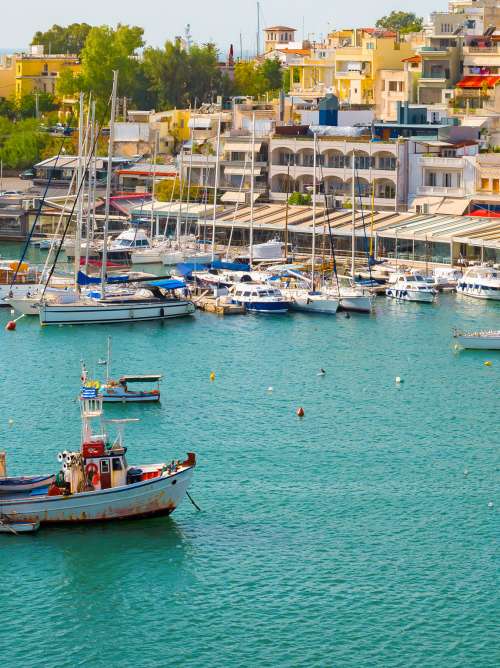Dardanelles Strait, Turkey (Transit) cruises

Dardanelles Strait port guide.
Sail along the Dardanelles Strait past banks adorned with grand castles, watching the passing scenery from the comfortable and spacious decks of your Cunard Queen. Strategically positioned, the Dardanelles Strait has a long maritime history and is widely considered one of the world’s most important waterways, certainly making for an iconic voyage.
Top landmarks and sights in the Dardanelles Strait.
Dividing the continents of Europe and Asia, the 37mile long Dardanelles Strait is home to important landmarks that can be admired on this scenic period of your voyage. On the western side of the strait is the Gallipoli peninsular, a site that played a pivotal but tragic role in World War I. Look over the peninsular and perhaps take a moment to reflect on the historical scenes that occurred out on the battlefield here.
The geographical location of this body of water means that throughout the years it has played a prominent part in politics, and the architectural remnants of its significance remain. At the narrowest point of the strait, admire Kilitbahir Castle on the west coast, and Cimenlik Castle on the east coast in Çanakkale. Both erected in the 15th century at the behest of Fatih Sultan Mehmet, the fortresses were built in an effort to control this section of the water. Views of the 18th century Bigali Castle and 19th century Nara Castle also provide a glimpse into Turkish history.
Things to do in the Dardanelles Strait.
As you sail in this unique part of the world, perhaps find an idyllic spot out on deck, with a glass of something refreshing and maybe even a pair of binoculars. As your Cunard Queen makes her way along the strait, keep a camera to hand to capture those special views to look back at again and again.
As well as looking out for the many landmarks along the coastline, keep an eye out for a variety of wildlife. The Dardanelles Strait is a known migration hot spot for fish species looking to swim to the Black Sea to graze, and while you’d be lucky to sight these, check the skies above for migrating birds too. This part of the world is considered a migratory bottleneck for birds including the Yelkouan Shearwater. You may even be lucky enough to spot an Eastern Imperial Eagle, an elusive species that predominates in Asia but has been known to thrive in isolated populations as far west as Turkey.
Enjoy life on board the decks of your ship as you gently sail these waters, making the most of the chance to revel in the holiday spirit. Unwind on a lounger and soak up the warmth, taking a dip in the pool for a little respite from the sun should you need it, or find a shady nook in which to relax.
Dardanelles Strait culture and history.
The land on the western side of the Dardanelles Strait is the Gallipoli Peninsula, which is widely known for its prominence in World War I. It was here that in April 1915 Allied forces were deployed in an attempt to secure the strait and capture what was then Constantinople (now Istanbul), in order to rid the Central Powers of Ottoman support. What transpired, however, was nothing short of a military disaster. The British 29th Division was deployed at Cape Helles, on the southwest tip of the Peninsular, and the ANZACs – Australian and New Zealand Army Corps – were deployed north of Gaba Tepe, on the west coast. Ottoman soldiers quickly gained control of both landings, and in the area now known as Anzac Cove alone, more than 5,000 lives were lost. It was here, however, that the heroic reputation of the Anzacs was born.
Even before this crucial event in wartime history, the Dardanelles Strait played a prominent role in politics. Over the years, the Ancient Greeks, Persians, Romans, Byzantines, Ottomans, British, Russians, and Turks have all sought to control the region: the reason being that power over this body of water would mean the potential to cut off trade and supplies between the Aegean Sea and the Black Sea.
As you admire the pretty landscape from the decks of your ship, or maybe your private balcony, be reminded of this region’s remarkable past.

